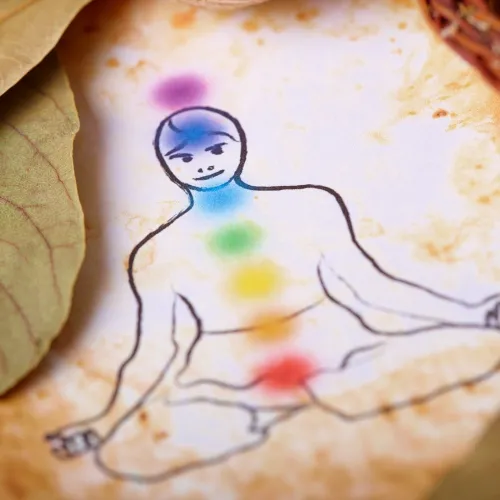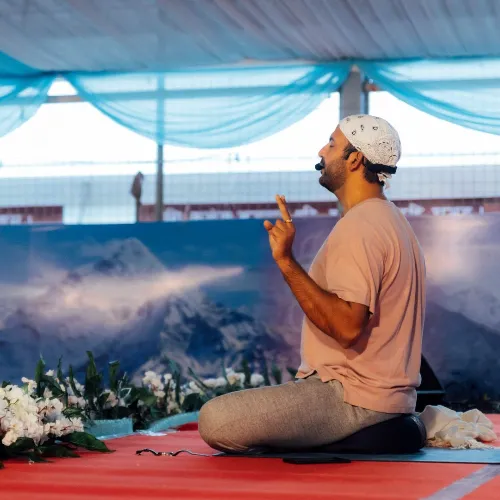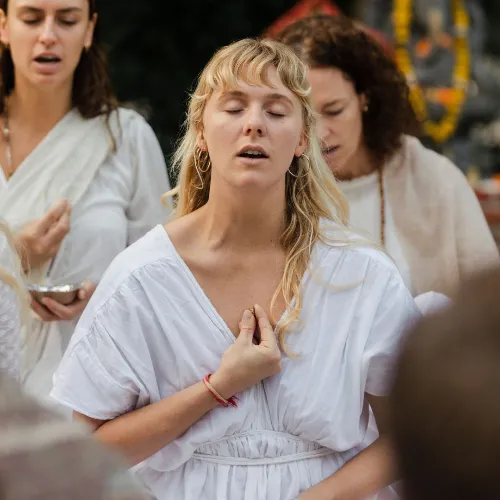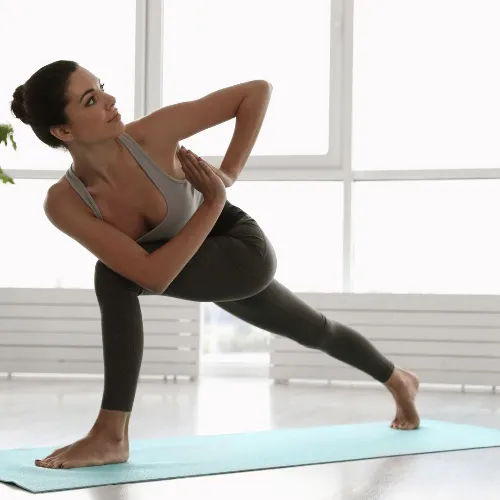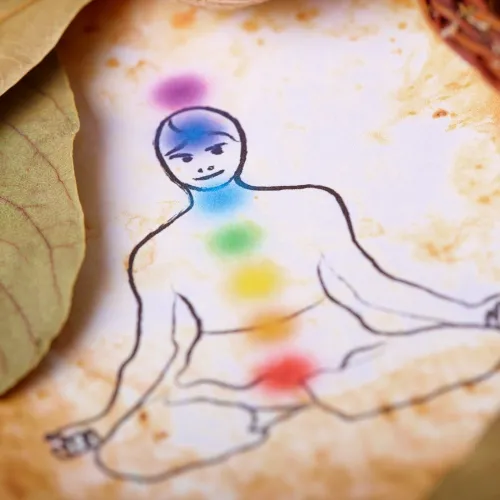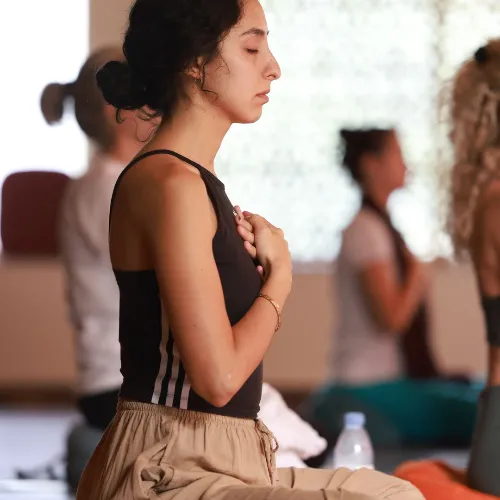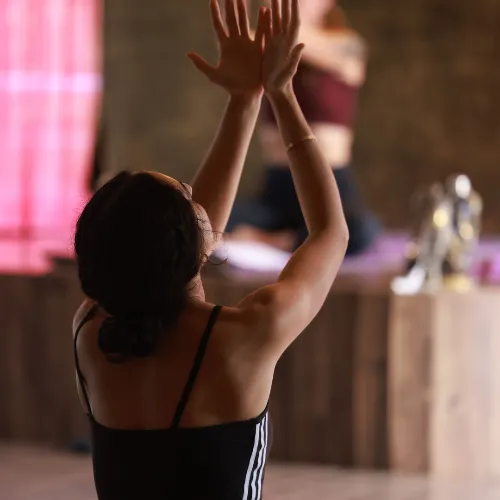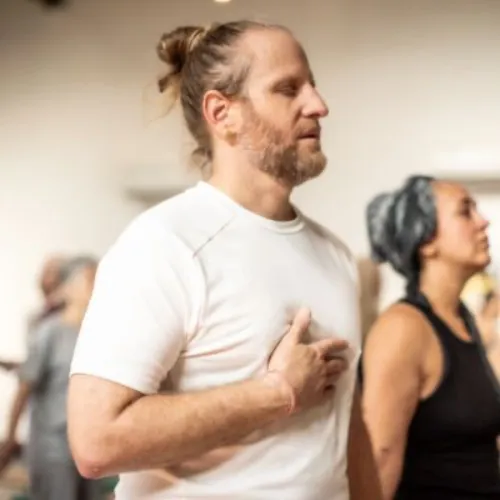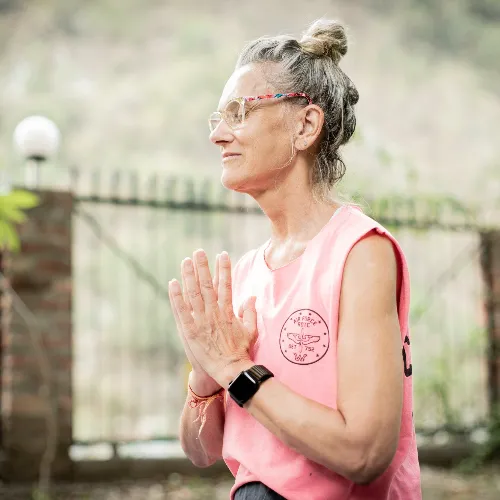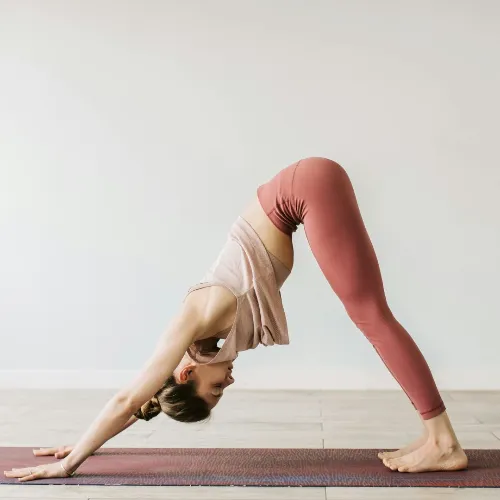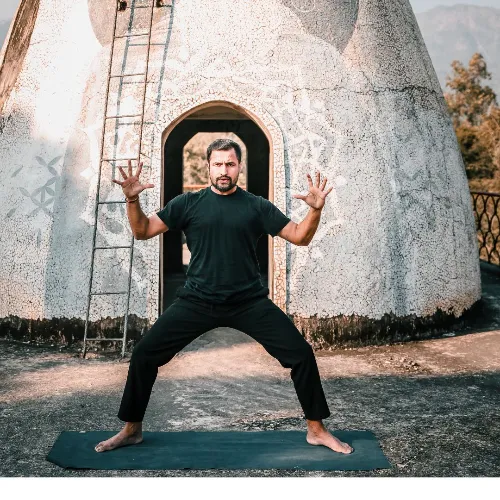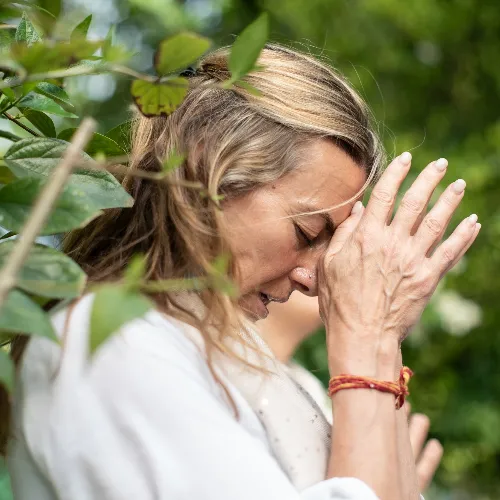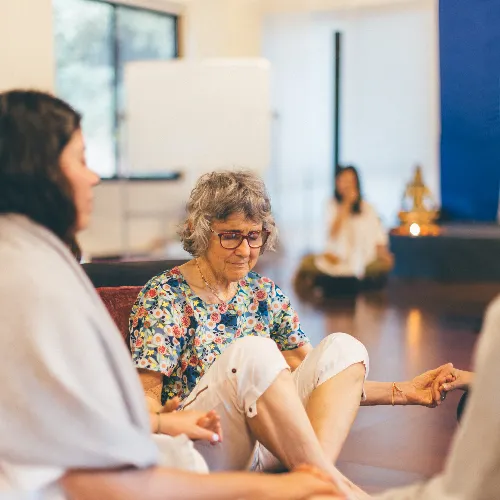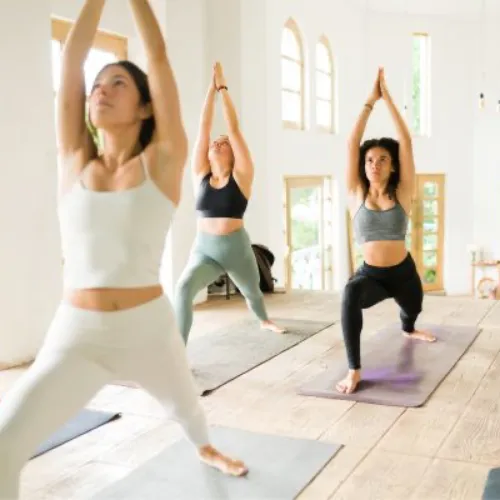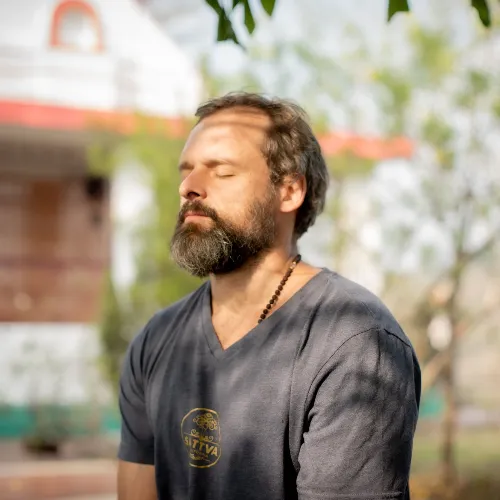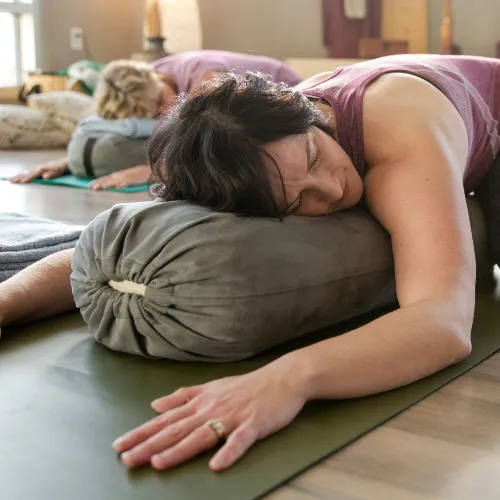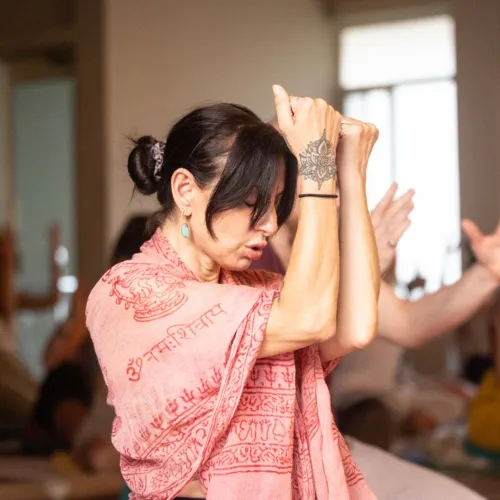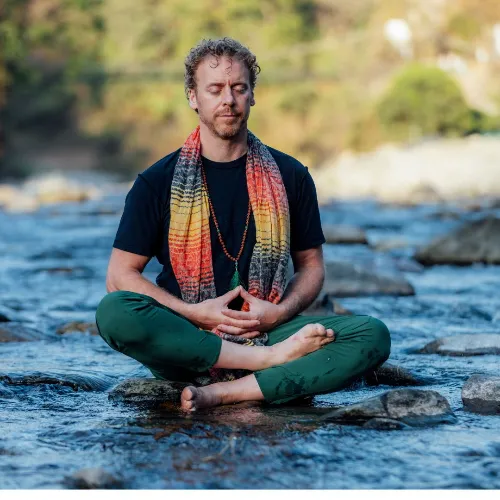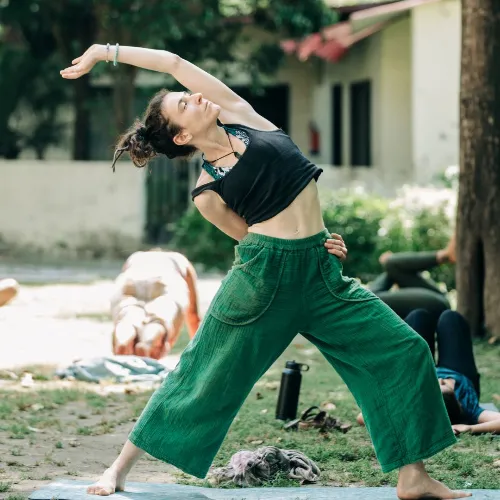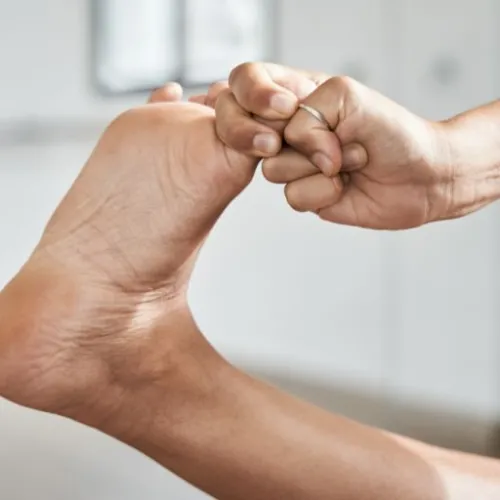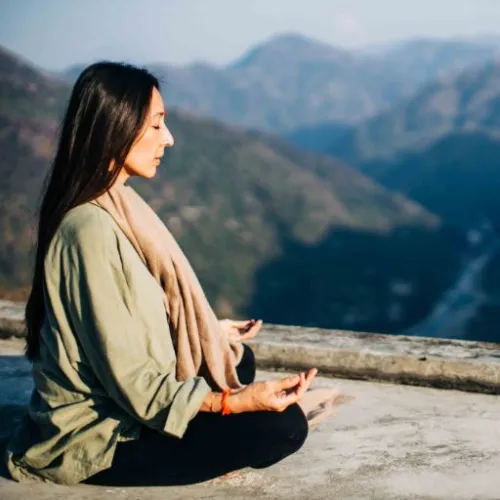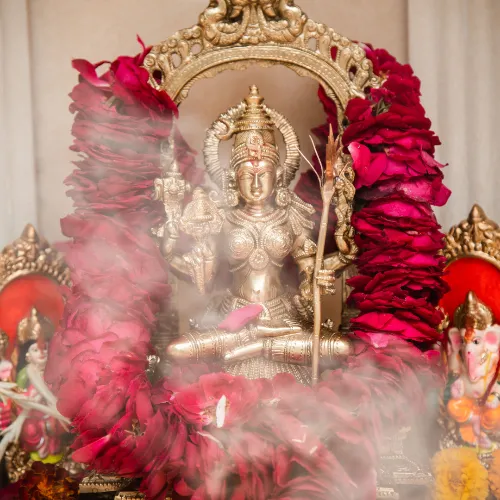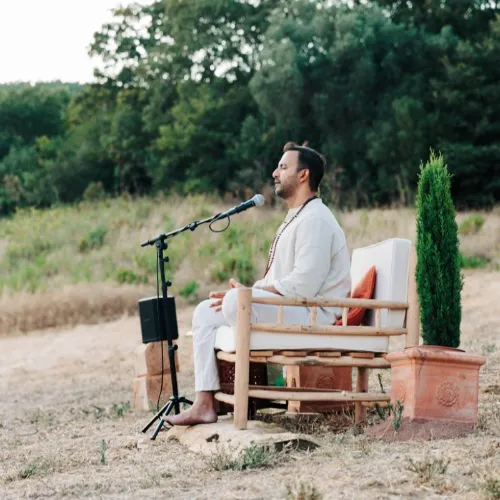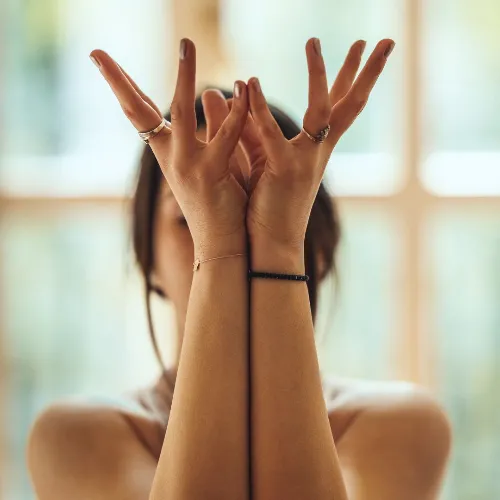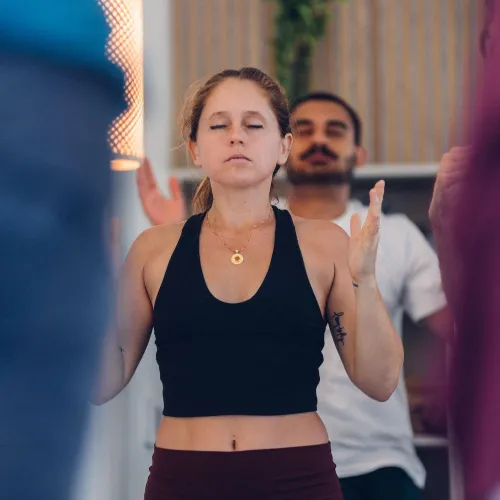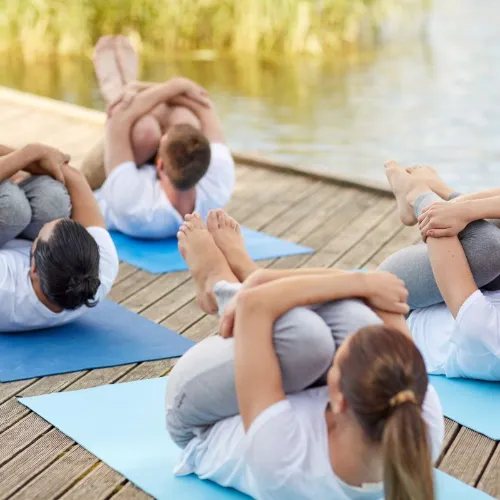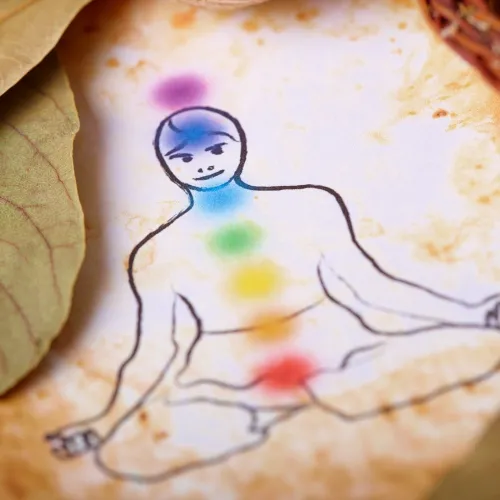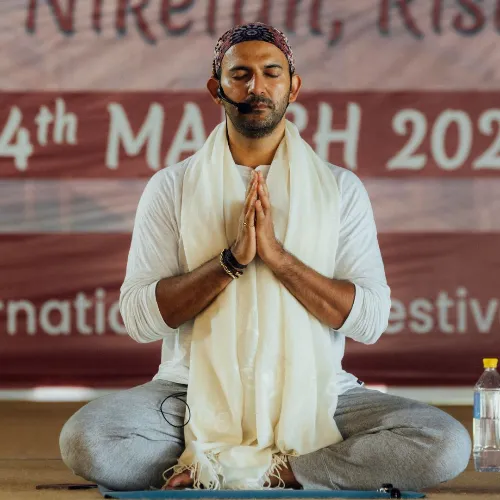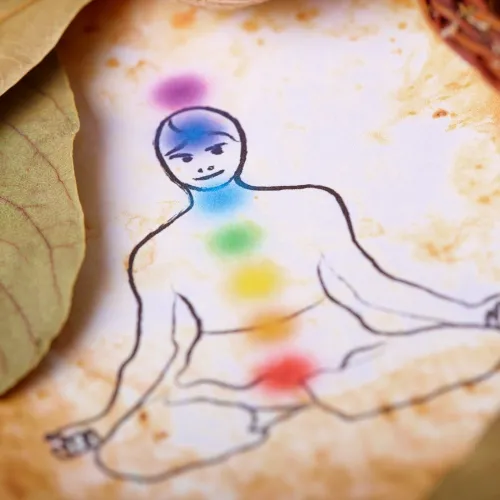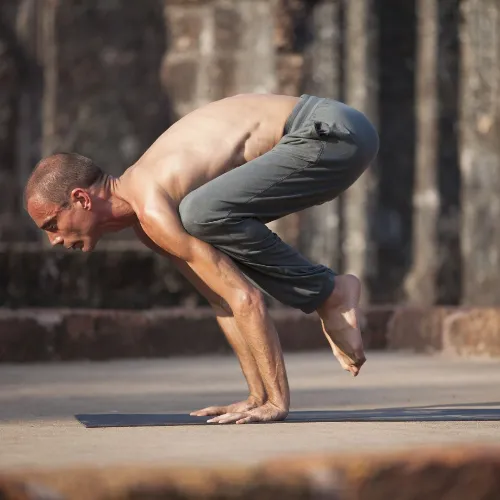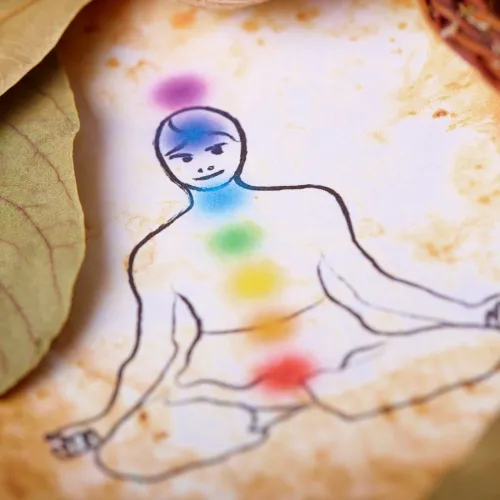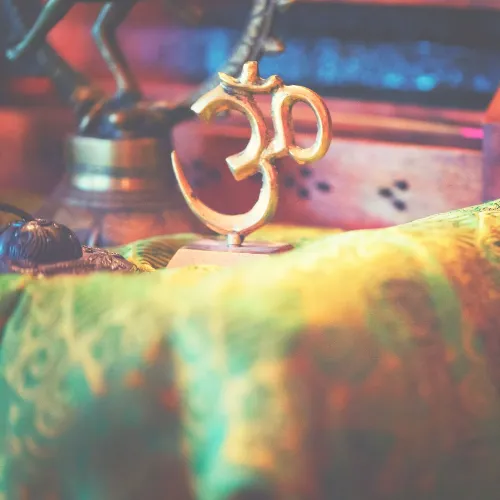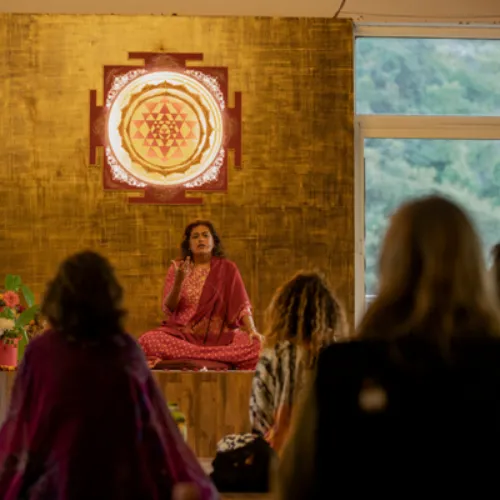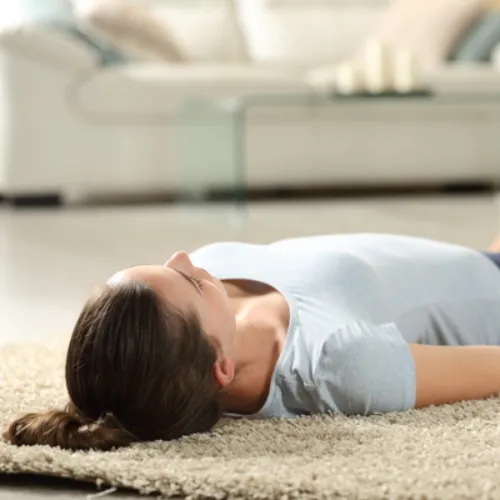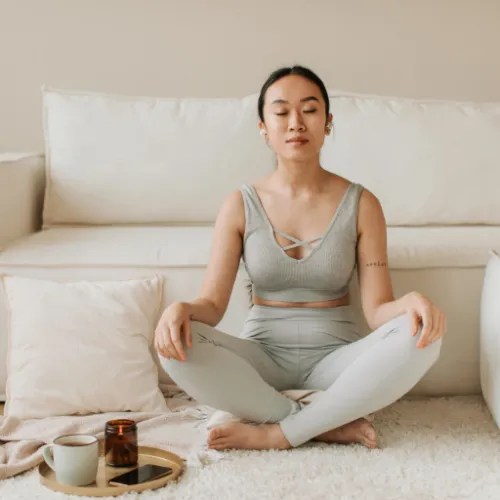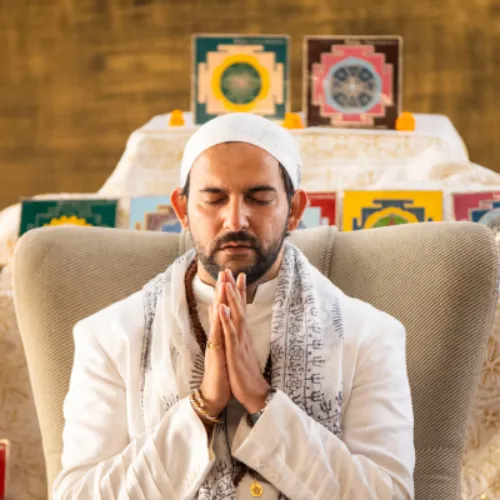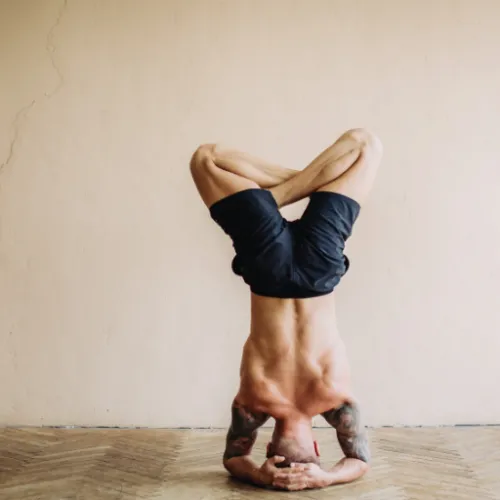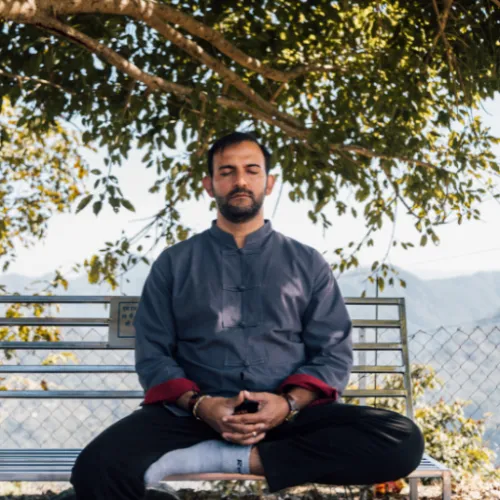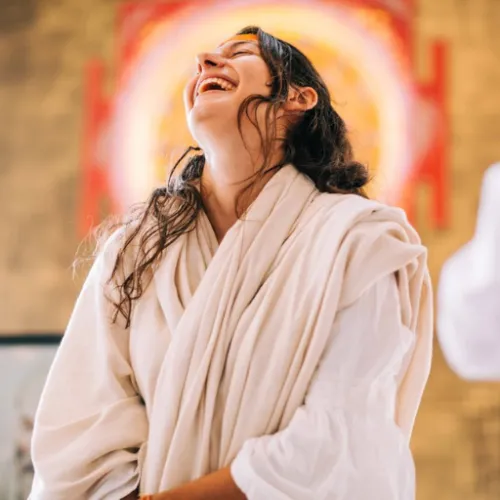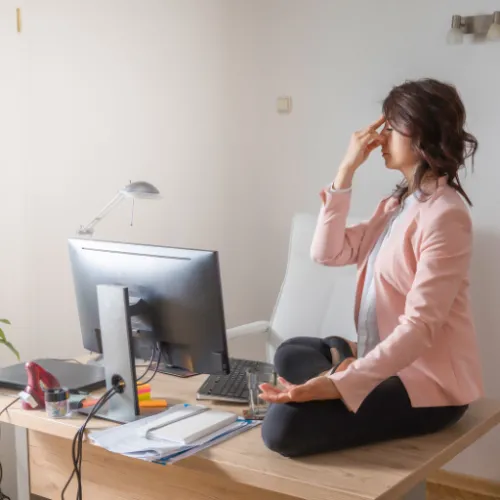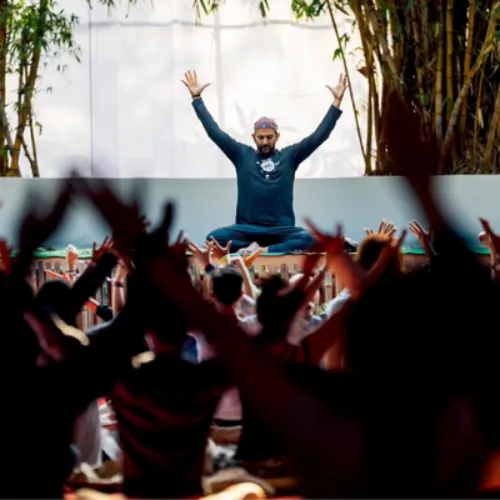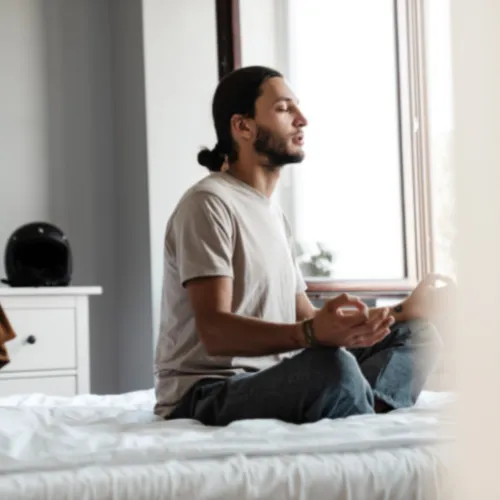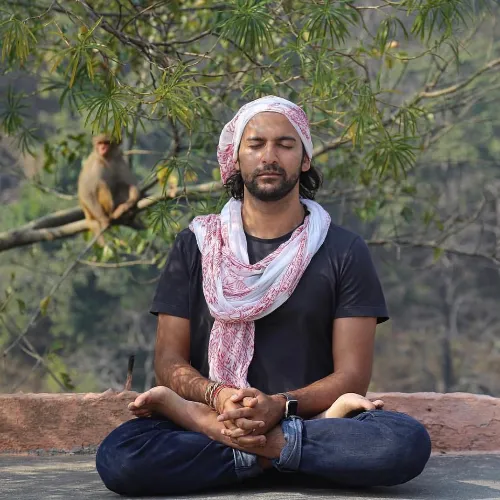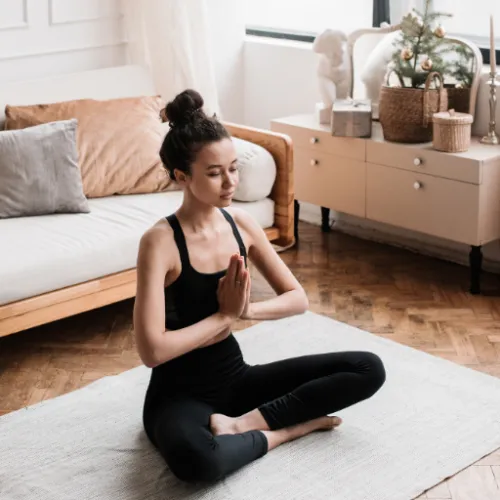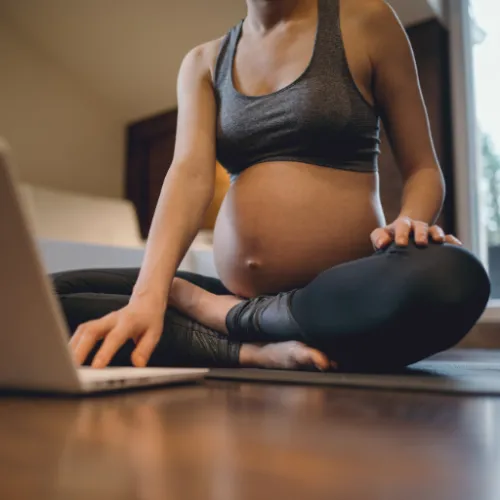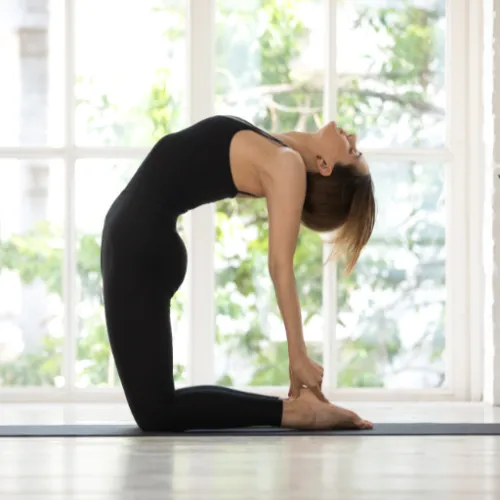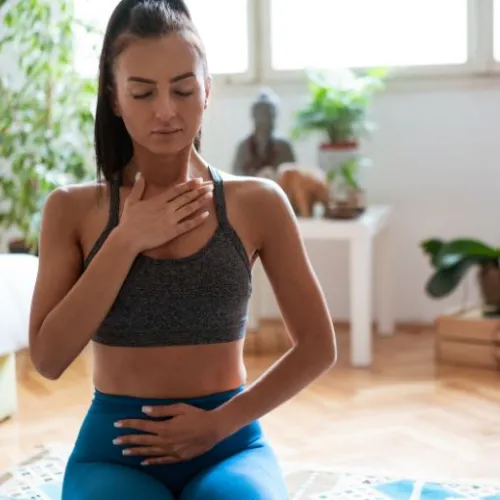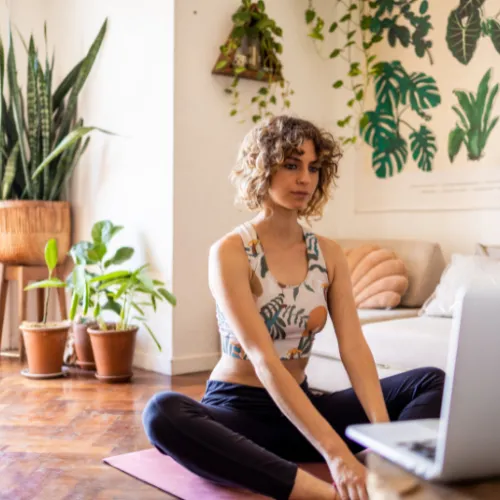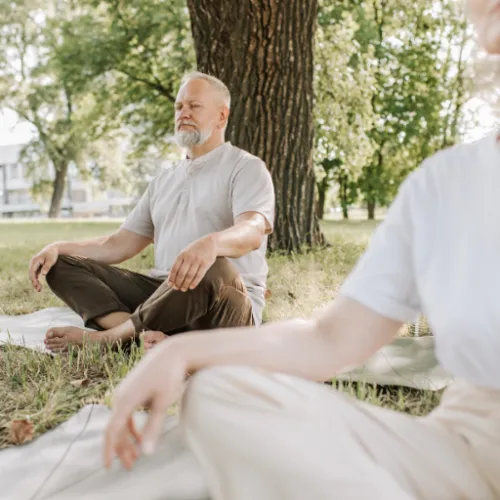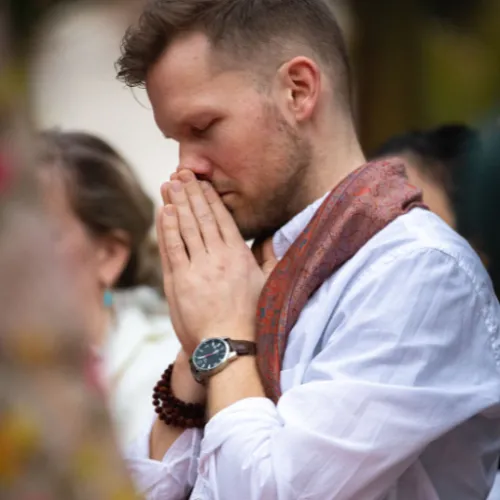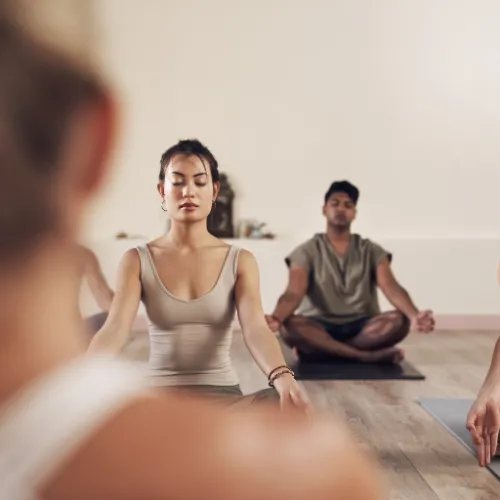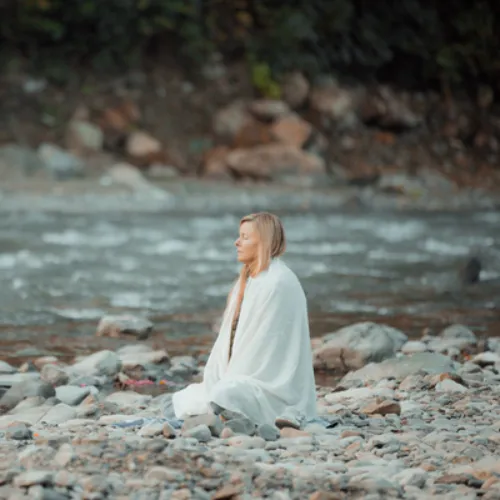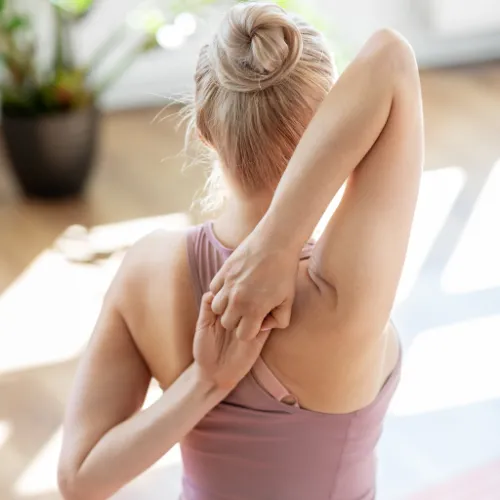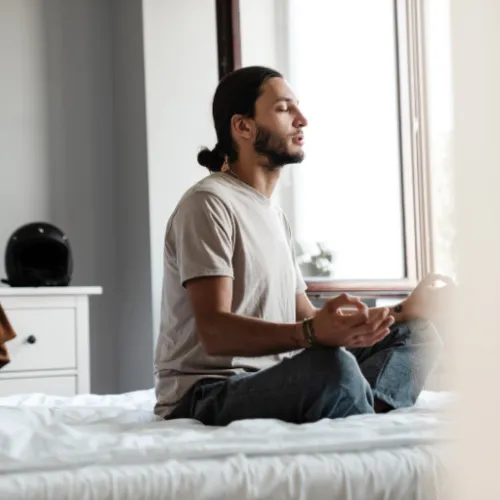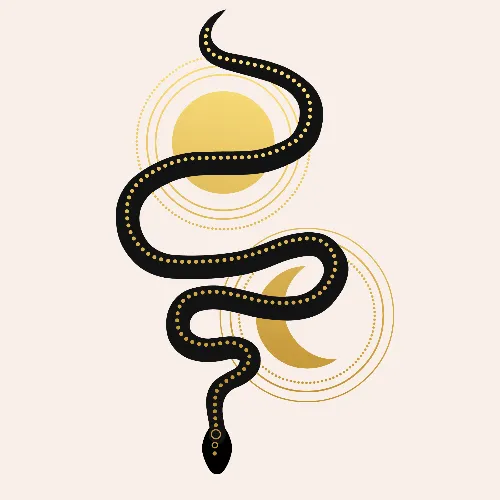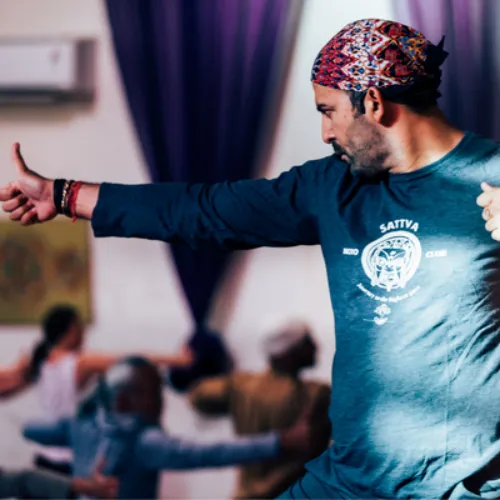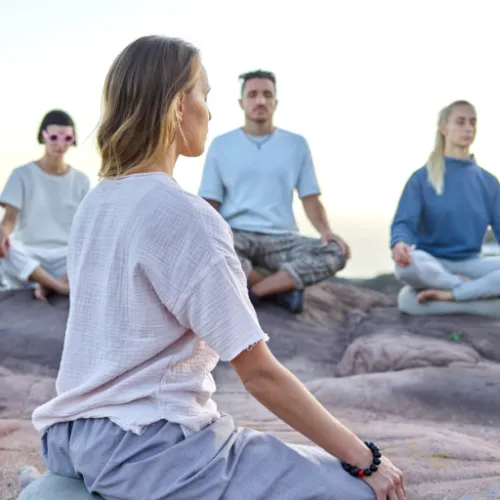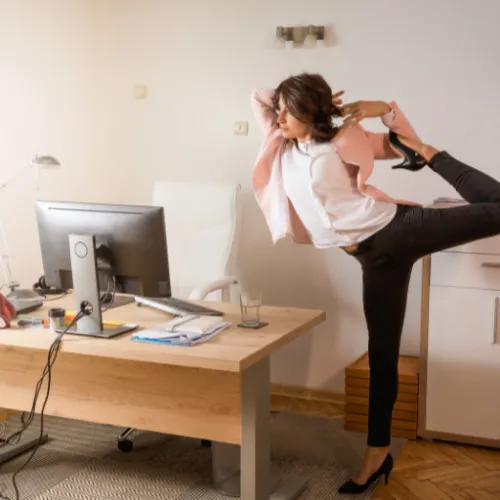


Baddha Konasana, also known as Bound Angle Pose or Butterfly Pose, is a deeply restorative yoga posture that invites practitioners to experience openness, grounding, and a sense of inner tranquility.
The Sanskrit breakdown of "Baddha" (bound), "Kona" (angle), and "Asana" (pose) reflects the shape and intent of the posture—encouraging flexibility while fostering a connection to both stability and lightness of being. Whether you are seeking physical benefits or a moment of inner stillness, Baddha Konasana offers a beautiful space for exploration. Let’s dive deeper into this transformative pose.
Benefits of Baddha Konasana
There are several benefits to the practice of Baddha Konasana.
1. Opens the Hips
Tight hips are a common issue due to prolonged sitting and physical activity. Baddha Konasana effectively stretches the hip flexors, inner thighs, and groin, increasing mobility and reducing stiffness. By consistently practicing this pose, you can promote greater ease of movement and flexibility in daily life.
2. Stimulates the Abdominal Organs
The gentle compression of the abdomen in this pose stimulates digestive organs such as the stomach and intestines, enhancing digestion and metabolism. It also supports reproductive health by improving circulation to the reproductive organs, making it beneficial for menstrual health and overall vitality.
3. Relieves Lower Back Pain
By releasing tension in the lower back and pelvis, Baddha Konasana helps alleviate discomfort and improves spinal alignment. This makes it an excellent posture for those who experience lower back strain from prolonged sitting or poor posture.
4. Enhances Circulation
The pressure applied to the inner thighs and pelvic region encourages better blood flow to vital organs, supporting kidney function and promoting overall well-being. Improved circulation helps energize the body while also aiding in detoxification.
5. Calms the Mind and Reduces Stress
Baddha Konasana activates the parasympathetic nervous system, which helps reduce stress and anxiety. The gentle, introspective nature of the pose fosters a sense of relaxation and mindfulness, making it an excellent addition to any stress-relief practice.
6. Supports Pregnancy and Childbirth Preparation
For expectant mothers, Baddha Konasana is a gentle yet effective way to open the pelvis, strengthen the pelvic floor, and relieve tension in the hips. It can be a valuable posture for preparing the body for childbirth while also providing relaxation.
How to Practice Baddha Konasana
It is important to be aware of how you can mindfully enter and exit a yoga asana pose. Here is how to practice Baddha Konasana:
1. Find a Comfortable Starting Position
Sit on the floor with your legs extended in front of you. Keep your spine tall, your shoulders relaxed, and your breath steady.
2. Bend Your Knees and Bring the Feet Together
Draw your knees outward and bring the soles of your feet together, allowing them to rest close to the pelvis. Let your knees naturally fall to the sides.
3. Hold Your Feet
Grasp your feet, ankles, or shins —whichever feels most accessible. If flexibility allows, interlace your fingers around your toes.
4. Lengthen the Spine
Inhale deeply as you lengthen your spine, lifting through the crown of your head. Keep your shoulders soft and relaxed.
5. Gently Fold Forward
On an exhale, hinge at the hips and lean forward slightly, keeping your spine extended. Avoid rounding your back—lead with your heart rather than collapsing through the chest.
6. Relax and Breathe
Allow your face, shoulders, and hips to soften as you surrender into the posture. Breathe deeply and evenly.
7. Hold the Pose
Remain in Baddha Konasana for 5-10 breaths, tuning into the sensations of your body and allowing any tension to melt away with each exhale.
8. Release Gently
Inhale to slowly lift back up to a neutral seated position. Release your feet and extend your legs forward.
9. Rest and Reflect
Pause in a comfortable seated position, noticing any shifts in your body or mind. Take a moment to appreciate the openness and relaxation cultivated through the pose.
Tips for Practicing Baddha Konasana
Precautions and Contraindications
Avoid practicing Baddha Konasana if you have recent or chronic injuries in the hips, knees, or groin.
If you feel pain (not just a deep stretch), ease out of the pose and rest.
Pregnant practitioners should modify the posture if any discomfort arises and consult with a healthcare provider if necessary.
Baddha Konasana is more than just a hip-opening stretch—it is a gateway to deeper self-awareness, flexibility, and relaxation. When approached with mindfulness and patience, this pose has the potential to enhance your overall well-being, both physically and emotionally. By integrating it into your regular practice, you can cultivate greater ease, openness, and a profound sense of connection to the present moment.
If you're eager to deepen your practice, we invite you to explore our Asana Lab on Sattva Connect with a 7-day free trial. Embrace the journey toward an awakened life—one pose at a time.
